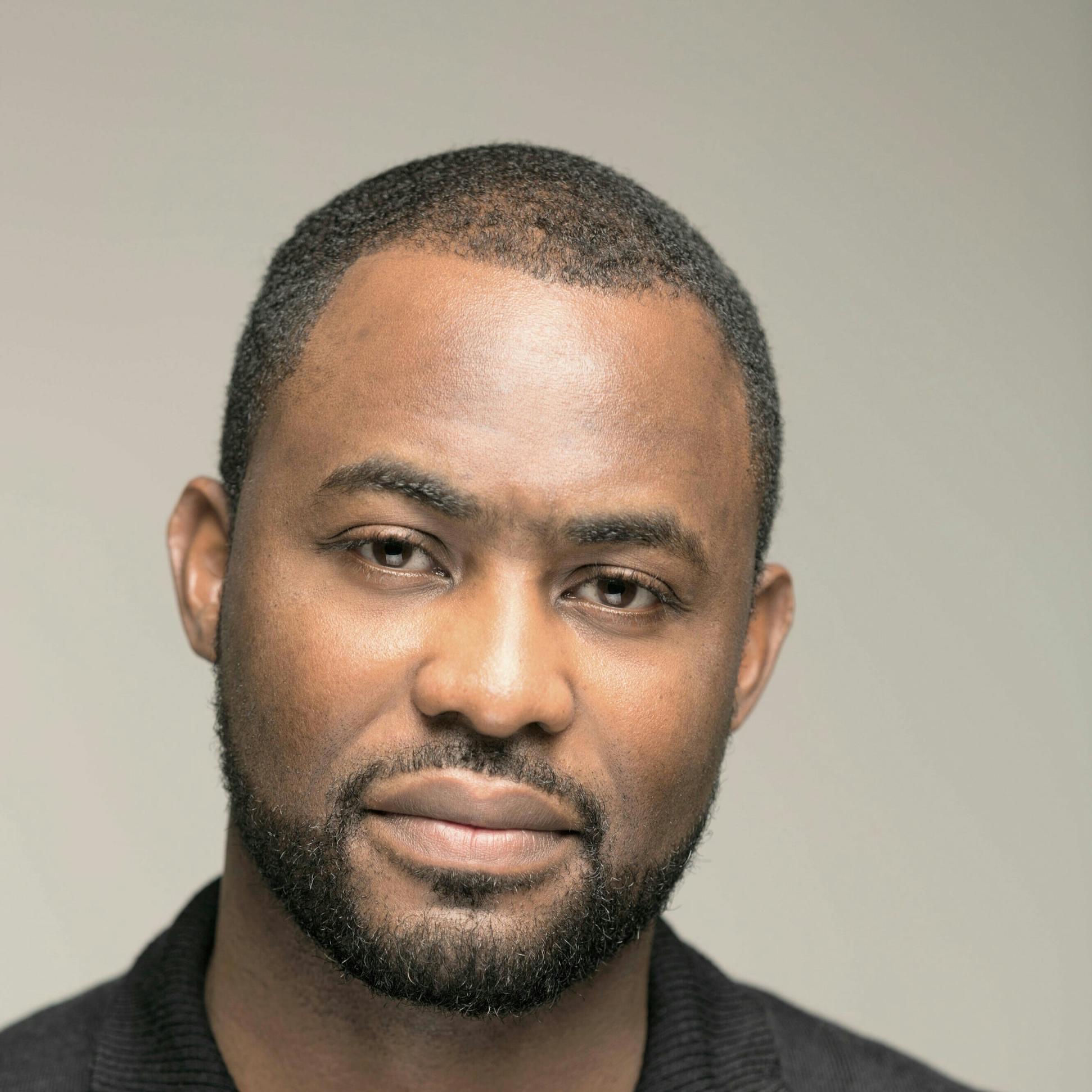Over the past few days, we have seen messages from various institutions about the need to properly address the racial inequalities that exist in this country. These have ranged from social media posts of a single black square to signify solidarity, or quotes from Martin Luther King, Jr., to letters demanding change within organizations or fields. Unfortunately, I, and many other Black people who I have spoken to, view these as prosaic statements.
“When white folks catch a cold, Black folks get pneumonia.” It’s something that many in America have heard in one way or another, and some would call it a cliché. Nonetheless, as the COVID‐19 pandemic continues to disproportionately affect the Black community, we are hearing it more and more, highlighting the wide disparity in infections and deaths from the disease.

But Black people know the phrase relates to more than medical concerns. It is an adage noting how institutional racism is embedded into every facet of American society. Institutional racism is a disease that Black people are not immune to, regardless of what we do and where we go. It is an American illness that we have begged, and tried, to cure since 1619. Despite the obvious progression society has made, we must address the structural strands of inequity in the DNA of each one of this country’s institutions—including within the professional and educational community of architecture and design.
Most architecture schools have very few Black faces—among both students and faculty. They fail to consistently explore narratives that speak to the Black experience or a wider range of socioeconomic conditions. Rather than teach, the Academy of architecture placates and panders to its own privileged community. The Academy fools itself into believing that it is progressive when it is anything but. Many design schools do not look past the walls of their ivory towers until there is a crisis. The problem here is that we, Black people, face a form of crisis every single day, yet our voices remain unheard by society—and by the architecture profession.
As an educator and practitioner, I know that some of my colleagues in either realm will say that in this deeply interconnected system, architecture does not have the agency to make change, even within itself. But this exoneration cannot apply—not when the stated mission of most schools and firms is to make an impact on the world through design and the built environment. Architecture’s failure to address the mechanisms of inequity within its own system is willful ignorance at best. The unspoken minority percentage calculator that schools and firms use when considering the diversity of their students, employees, or work, is flawed. The “eye test” alone highlights a lack of Black, and Brown faces.
This willful ignorance—this negligence—is why the template letters, social media posts, and hackneyed demands for change, are so insulting to many of us. Performative outrage is another reminder of the privilege that these institutions and people have and are unwilling to relinquish.





Post a comment to this article
Report Abusive Comment